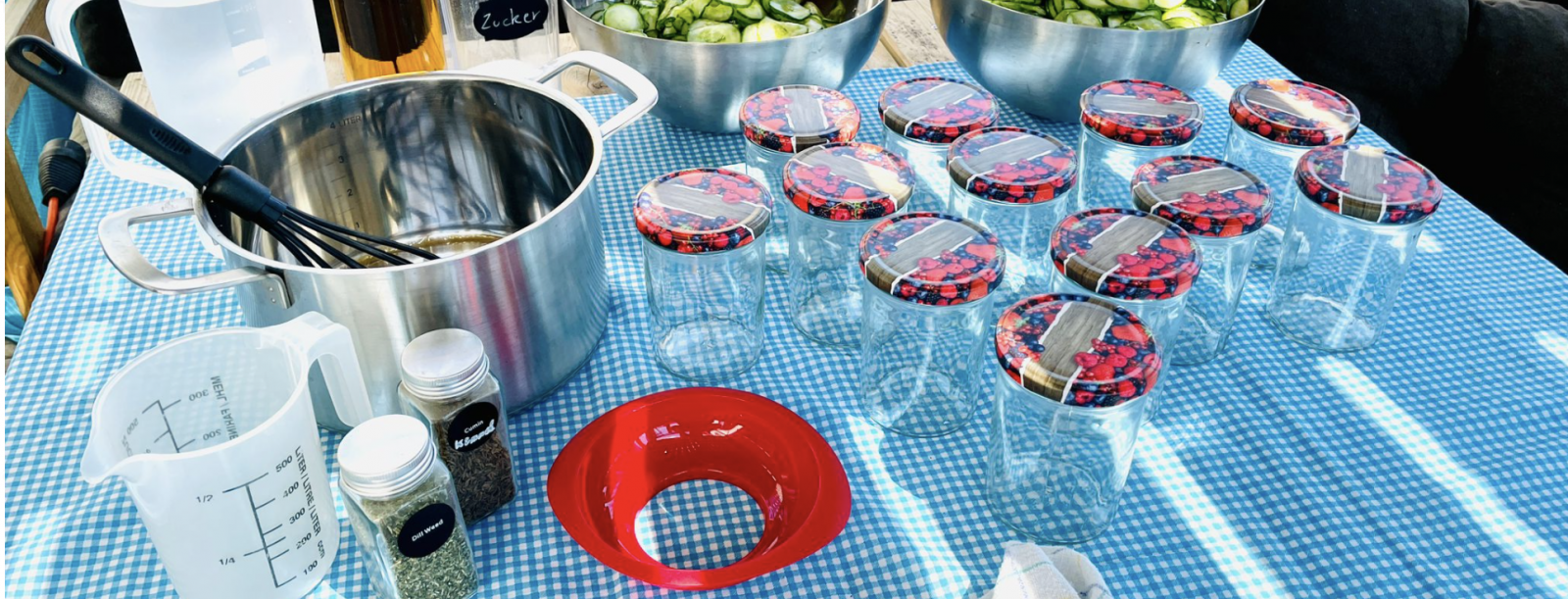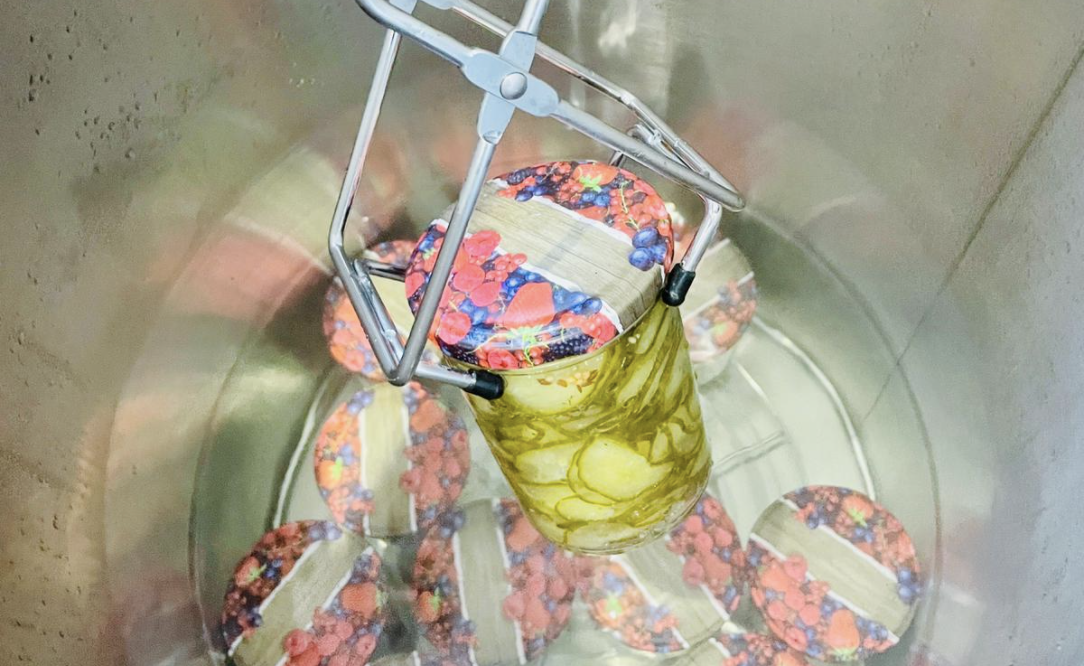Things to know about preserving
Things to know about preserving
Preserving is not rocket science! At first glance, it seems a little complicated, especially when you start to read up on the subject. I keep a record of all my knowledge for my children and would now like to share a few of my tips on preserving with you.
My tips for preserving beginners

- strength lies in tranquillity! This also applies to preserving. Rushing only leads to restlessness and uncertainty. It's better to ask and check again than to be annoyed afterwards.
- cleanliness is the be-all and end-all! But don't worry, if you follow the instructions, you don't need to worry.
- enjoy! Everything you do with joy tastes three times as good afterwards. Yes, really!
- temperature and boiling times: The time starts running as soon as the water has reached the required temperature. It's important that you stick to the specified values so that you can be sure that the food is safe to preserve.
- we don't fill hot, but preserve properly. Jam, for example, does not necessarily have to be boiled down, as its high sugar content acts as a preservative. We use a vacuum (negative pressure) and temperature to preserve the food and make it sterile.
- not all ingredients can be preserved. e.g. gluten, fresh or freeze-dried parsley, cheese and cream, nuts, etc. cannot be preserved.
- preserving in a pot is more reliable! We do not cook in the oven. Because: this is only ever an emergency solution! Air is a poor conductor of heat and would require much more energy.
- warm is too warm and cold is too cold. Place jars with cold contents in cold water and jars with hot contents in hot water.
- The jars should be at least 3/4 full of water or completely covered. Even when filling in several layers, the top layer must always be at least 3/4 full of water.
- A little tip: If the water contains limescale, it helps to add a tiny pinch of citric acid to the pot. Vinegar would attack the rubber/gasket and lead to faster wear.
- Do not turn upside down! This is how it used to be done. Today we know that the food is pressed between the gasket and this creates a germ bridge. It also creates a "false vacuum" because the air cannot escape properly.
- Always leave enough space between the jar and the lid! (2 - 3 cm/0.8 - 1.2 in) When boiling down, the food expands. Less so with solids than with liquids.
- Note the individual boiling point of water! The higher you live above sea level, the earlier your water will boil. Water normally boils at 100 ° C/212 ° F, but on Mount Everest it boils at around 70°. The boiling point drops by about 0.003354 ° C/32 ° F (or Kelvin) per m/1.1 yd above sea level (the water only evaporates unnecessarily and you use valuable energy unnecessarily if you cook at a higher temperature than boiling water).
